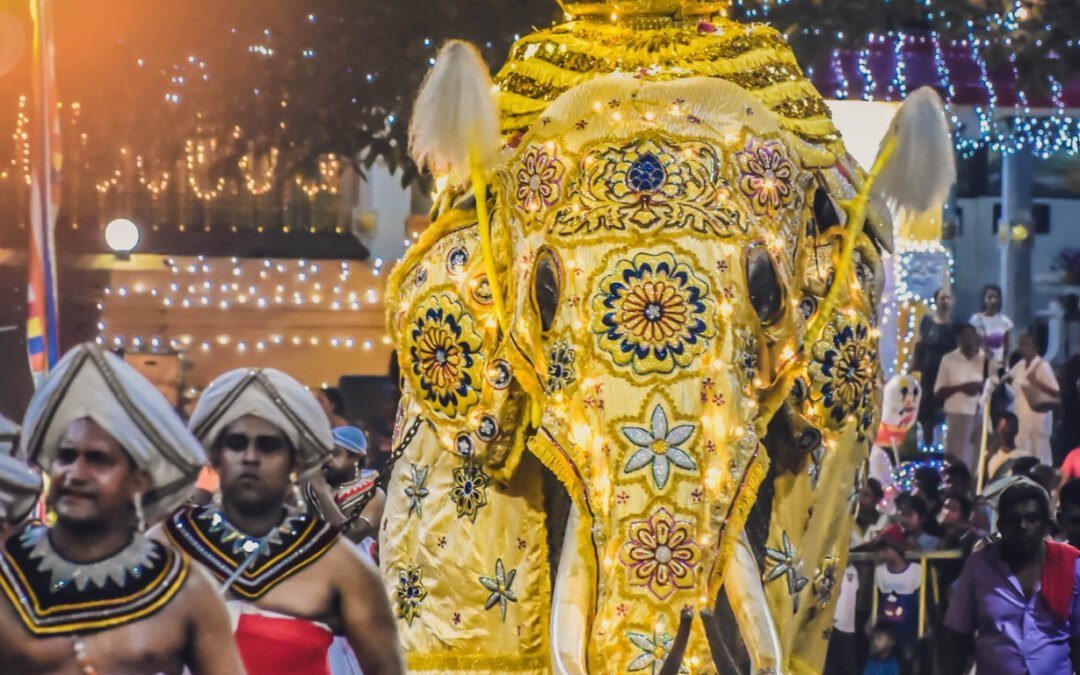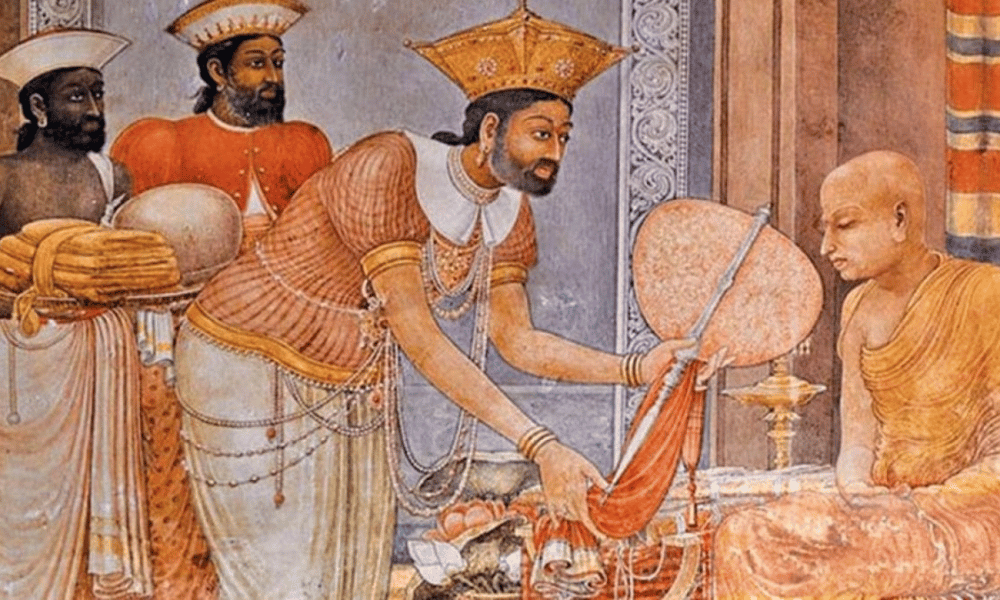Kandy Esala Dalada Perahera 2023
The Kandy Dalada Perahera, an age-old custom in Buddhism, holds a significant place in Sri Lanka’s cultural heritage. Furthermore, it can be observed that this particular practice is among the oldest surviving ceremonies throughout the continent of Asia. The term “Perahera” denotes a ceremonial procession.
In order to accommodate the needs of a vast, dynamic population, it stands to reason that dance steps, sequences, and musical modalities would develop in a similar fashion. The Kandy Perahera is an extensive ceremonial event that involves a grand procession of individuals. And it is considered to be among the most significant of its kind worldwide. It features
- Elephants
- Acrobats
- Fire-handlers
- Whip-crackers
- Drummers
- Dancers
- Swordsmen
- Musicians
It is Buddhism at its most venerable, most far-flung, and most deeply rooted in the local culture.
The History of Kandy Esala Dalada Perahera
The supreme Buddhist artifacts in Sri Lanka are the Tooth of the Buddha and the Bodhi Tree. According to historical accounts, it is purported that the left canine tooth of the venerated Buddha was extracted from his funeral pyre. In addition to being a central emblem of monarchical power, it also sowed the seeds of great strife.
According to historical accounts, the individual who held possession of the tooth relic was believed to be the sovereign authority of the territory. As a result of ensuing hostilities, the sacred tooth relic was transported to the island nation of Sri Lanka during the fourth century. Throughout the ages, it has been upheld in a particularly revered temple. And it moved in tandem with the relocation of the central city of the archipelagic state.
During the 16th century, the Kandyan monarchs initiated a period of dominion that lasted for three centuries. The revered tooth relic was subsequently transported to Kandy, where it presently dwells within a resplendent and awe-inspiring edifice known as the Temple of the Tooth, or Dalada Maligawa.
The Modern iteration of the Perahera
The present-day iteration of the Perahera can be traced back to the era of Kirthi Sri Rajasinghe, the sovereign of Kandy during the 18th century (1747–1781 AD). In the historical epoch under consideration, the Tooth Relic was deemed to be the exclusive chattel of the monarch, thereby precluding the populace from venerating it. Notwithstanding, King Rajasinghe issued a decree that the sacred relic ought to be paraded in a procession for the edification and adoration of the general public.
The astonishing Esala Perahera in 2023
Numerous municipalities and hamlets throughout Sri Lanka hold a yearly perahera. “Esala Perahera” is the name given to the largest of them all, which is also the origin of the current Kandy Perahera, which will take place this year as well. The lunar month that corresponds to the period of July-August is denoted by the name Esala.
This particular month is designated for the purpose of reverential observance of the Buddha’s initial teachings following his attainment of enlightenment. The fact that it has been linked to the earliest stages of Buddhism further suggests its antiquity.
The customary practice entails the procession of the venerated tooth relic of Lord Buddha along the thoroughfares of Kandy, executed with remarkable flair. This spectacle is often regarded as being among the most attractive ones held anywhere in Asia.
The inaugural rite, known as ‘Kap Situweema’, which involves the planting of a blessed juvenile jackfruit tree, will initiate the ceremonial proceedings that inaugurate the Perahera. The ceremonial practice is executed in accordance with a propitious moment ascertained by astrological experts. The jackfruit tree is anointed with water imbued with the fragrance of sandalwood. And a tribute is rendered through the presentation of nine distinct species of flowers and an oil lamp that bears nine wicks. Praises to all the gods are being recited by the priest of the Maha Vishnu Devale (Vishnu Temple).
The galleries designated for the viewing of the Kandy Esala Perahera are of particular interest
It is widely postulated that the Kandy Esala Perahera is a conflation of two distinct yet interrelated Peraheras, namely the Esala and Dalada. Depending on when the full moon falls, it is celebrated in August with a ball with elaborate costumes.
The Esala Perahera, an ancient ceremonial practise believed to have originated in the 3rd century BC, was performed with the intention of invoking divine intervention for the purpose of precipitation. The arrival of the Sacred Tooth Relic of the Buddha to Sri Lanka from India in the fourth century AD is traditionally credited as the event’s inception.
Diya Kepeema and Day Perahera
Four separate Peraheras, representing the four “devales,” make their way to the Getambe Mahaweli River stepping stones in the vicinity of Peradeniya after the main Perahera concludes. Subsequently, the principal ‘kapuralas’, who are the esteemed priests of the ‘devales’, proceed to immerse themselves in the central region of the river. Using the tip of a ‘golden’ sword, one of the ‘kapuralas’ draws a circle in the river. Subsequently, the priests proceed to pour the contents of the ‘golden ewer’ (also known as ran kendiya), a receptacle that had been previously filled with water at the identical location during the previous year, into the river.
After that, clean water is added once again. After the conclusion of the Esala Perahera the following year, the water in these ewers will be drained and reused. The customary practice, commonly referred to as the “diya kapeema,” or water cutting, is conducted during the matutinal hours of the final day of the revelries.
Follow Us
Sri Lanka Holiday Packages










